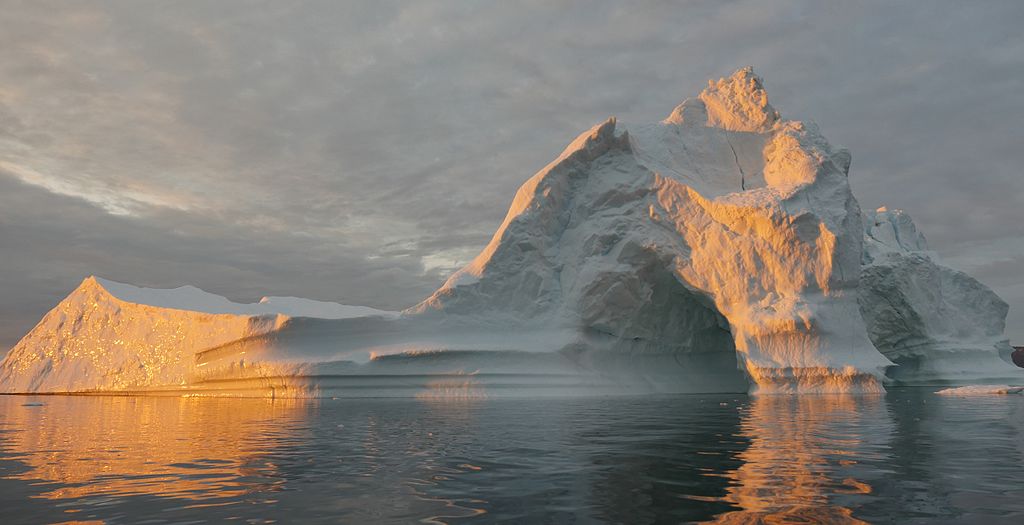
Introduction
This is an article inspired by the BBC podcast How They Made Us Doubt Everything. It explores the techniques used by those wanting to delay or stop action on climate change, and the disproportionate impact these have had on public opinion. I am not a climate scientist but my work has been connected with climate science, and I am concerned to see the efforts being made to undermine the case for tackling the biggest crisis to face our planet.
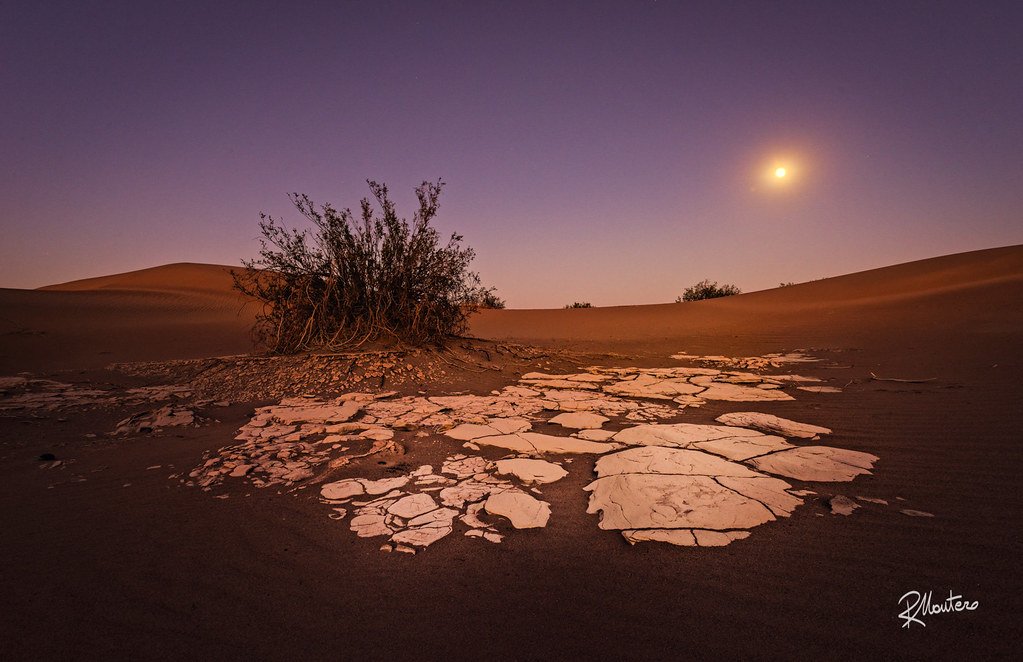
The time is now
The momentum to act on climate change is building, with the United Nations COP26 conference scheduled for November in Glasgow. President Biden returned the US to the Paris agreement on climate change just hours after being sworn in, and Bill Gates has released his book How to Avoid a Climate Disaster. The re-engagement of the US has wider implications than its significant contribution to greenhouse gas emissions. US involvement will now put pressure on less supportive nations such as Australia. As Biden says, “America is back” and working constructively on the world stage on important issues.
The prospects for progress are looking about as good as they ever have. However, the economic impact of Covid-19 will put a strain on the finances required to achieve the goal of the Paris agreement to “strengthen the global response to the threat of climate change by keeping a global temperature rise this century well below 2 degrees centigrade”.
The “build back better” agenda must have climate as a key element, but we also need public buy-in, and this is under constant assault from climate deniers.
The threat of denial
How do we keep our resolve in the face of ongoing climate denial? Local newspapers, such as the Western Morning News and the Sidmouth Herald, frequently print letters by people claiming to be ‘sceptics’, challenging the established scientific consensus of the Intergovernmental Panel on Climate Change (the IPCC). Scepticism in science is essential, but if anyone had genuine questions or challenges to established climate science, they would not be trying to get answers in local papers. Their letters are designed to create uncertainty and to persuade others to adopt their views. In doing so, they prove themselves to be deniers, not sceptics. They write as if they have found some new evidence that proves their point, but a Google search quickly reveals that these are often old issues for which there are good rebuttals. Attempting to engage with these letter-writers is frustrating, as they constantly shift their position in an attempt to undermine the resolve of others. Unfortunately, this is a tactic that escapes the notice of most readers.
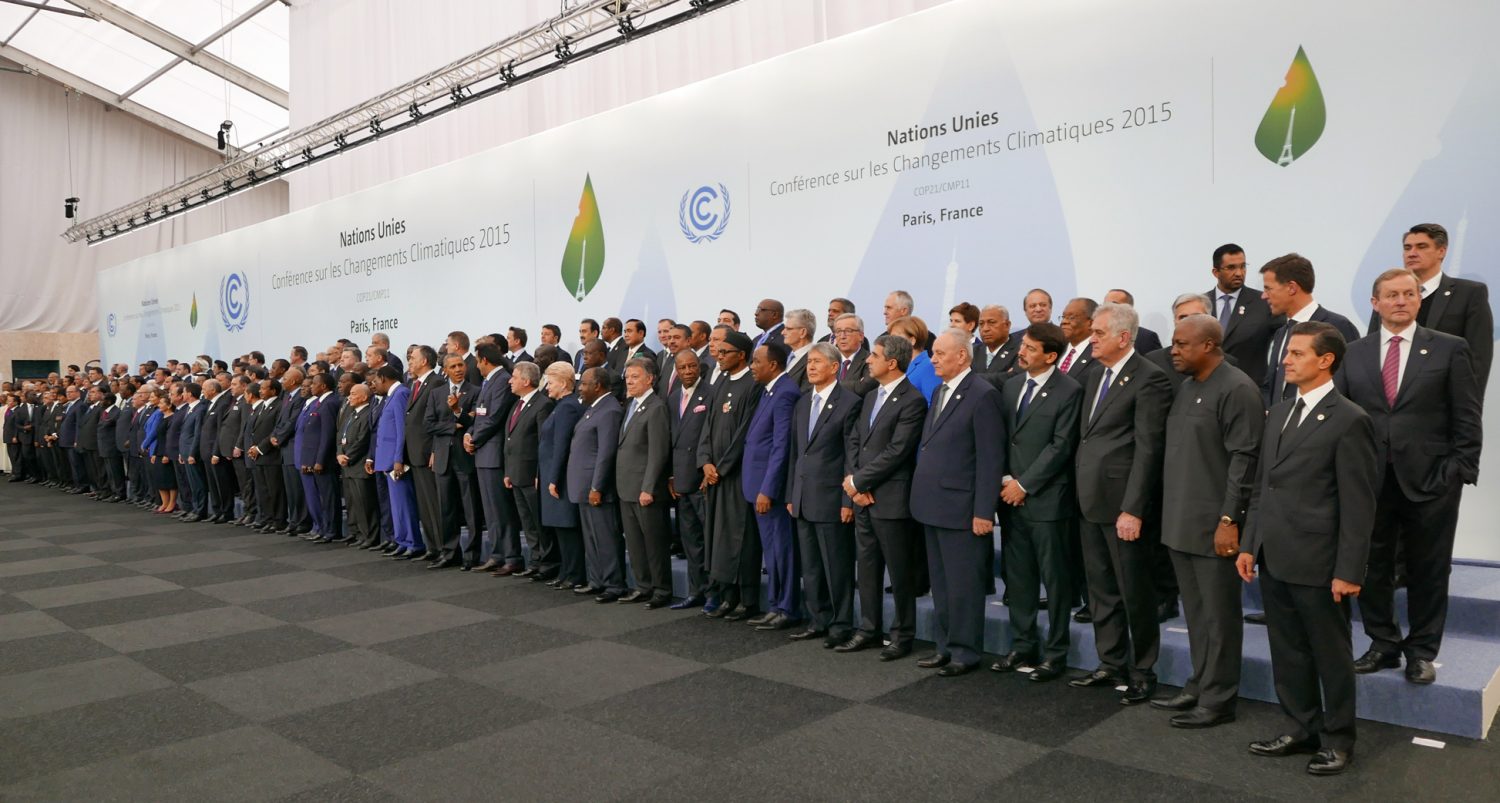
As of January 2021, 194 states and the European Union have signed the Paris agreement. This represents about 97 per cent of global greenhouse gas emissions, so why do the marginal views of climate change deniers matter? Public buy-in to action on climate change is going to be essential but it can be easily undermined. In the USA, only half of the population are concerned about climate change [Pew Research Center, April 2020]. The situation is markedly worse among Republicans, who poll climate change at the bottom of the list of 18 key policy areas, and their views are not changing [Pew Research Center, February 2020]. More sobering is the statistic that only 15 per cent of conservative Republicans believe that recent rapid climate change is a result of human activities at all, despite the fact that over 95 per cent of scientists agree on this point. Most worryingly of all, the level of public concern used to be much higher in the USA (around 80 per cent), so what happened? It is certainly not all down to Trump.
How They Made Us Doubt Everything
To answer that question, I would recommend you listen to the BBC Sounds podcast called How They Made Us Doubt Everything. Even the first episode (less than 15 minutes) will tell you a lot, but I would stick with the full series, which is both entertaining and informative.
You will learn just how easily people are persuaded when change makes them feel uncomfortable or anxious in some way. The technique was first used to good effect by the tobacco industry when, in 1953, research was reaching the public that cigarettes cause cancer. An influential PR consultant called John Hill was instrumental in developing the tactic of manufacturing doubt and uncertainty through a marketing campaign. For decades, this delayed the formal recognition of the link between smoking and cancer, and the introduction of regulation. It also protected the industry from litigation.
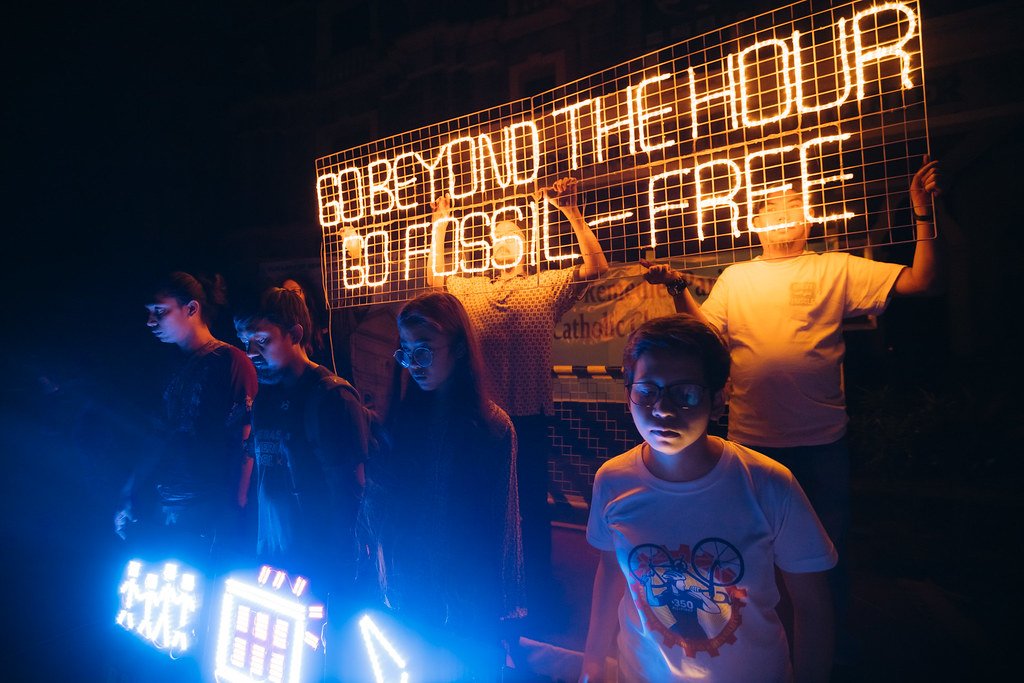
How have these techniques been used to manipulate public opinion with regard to climate change? The podcast focuses on developments from 1980 onwards, when scientists funded by the oil company Exxon were establishing that the greenhouse effect from the burning of fossil fuels would lead to increased temperatures and rising sea levels, with serious consequences. Using testimonies and records from a presentation to the board of Exxon after the unusually hot summer of 1988, the podcast shows that Exxon’s directors were worried that their bottom line would be impacted by public reaction to this emerging evidence. The podcast quotes from Exxon documents implying that the company’s position was to emphasise the uncertainty in scientific conclusions relating to the greenhouse effect. We are led to conclude that they played down the risks and played up the doubts in order to protect their profits, like the tobacco industry did.
You can read more in the two books called Doubt is their Product by David Michaels and Merchants of Doubt by Naomi Oreskes and Erik M. Conway. The podcast provides evidence that well-organised campaigns were put into place by vested interests from the mid-1990s. Some of the same protagonists involved in the tobacco industry reappeared and attempted to discredit climate science. A multi-year, multi-million-dollar plan to fund denial and create uncertainty was developed at a time when industry polling showed that 80 per cent of the American public were concerned by climate change. The aim was to ensure that people focused on the uncertainties, rather than the calibrated degrees of confidence necessary in scientific predictions. If you listen to the full podcast series, you will gain some understanding of why absolute certainty is not possible, and the risks of using language aimed at scientists or governments when communicating with the general public. The campaigns were good at exploiting the scientific use of words such as theory and likelihood. This allowed the deniers to undermine conclusions that supported urgent action.
You will hear that a handful of partisan scientists trained in media communication were employed to damage the credibility of the Intergovernmental Panel on Climate Change (IPCC) findings. Specific demographics were cynically targeted ‒ for example, older, less-educated white males from larger households were singled out because they are not typically information-seekers and hence are easily swayed. Conservative, right wing radio hosts were used to reach large audiences with the same messaging.
Episode 8 of the podcast is particularly revealing. Jerry Taylor was employed by the CATO institute (a free market think-tank) to ‘take on’ climate scientists on TV and radio shows. He was having a massive impact on a weekly basis. After one of the shows he was challenged by his adversary to “quit being a hack”. When he looked into the ‘evidence’ he was putting forward, he realised he was ‘being duped’ by the scientists on his team. Jerry quit his role and is no longer a climate denier, admitting that he had done much to undermine well- founded science. Jerry says he was being fed cherry-picked facts which were either misleading or out of context, but which supported the libertarian cause. I think the same method is being used in the mainstream media.
The BBC has also been guilty of allowing ideological arguments to be pitted against scientific fact. A report for the BBC in 2011 concluded that misguided attempts to provide balance were giving free publicity to marginal opinion. False equivalence, where a lie or misinformation is given equal weight in a debate or news item, is one of the curses of our age.
The final episode explains how the current situation has improved with regard to industry involvement in promoting climate denial. Oil companies are, largely, no longer denying anthropogenic climate change and are trying to clean up their act. However, in the US, the issue has become a core element of Republican political identity. Republican politicians would almost certainly not be elected if they expressed a belief in the need for climate action. This Republican endorsement for climate denial has exacerbated the problem.
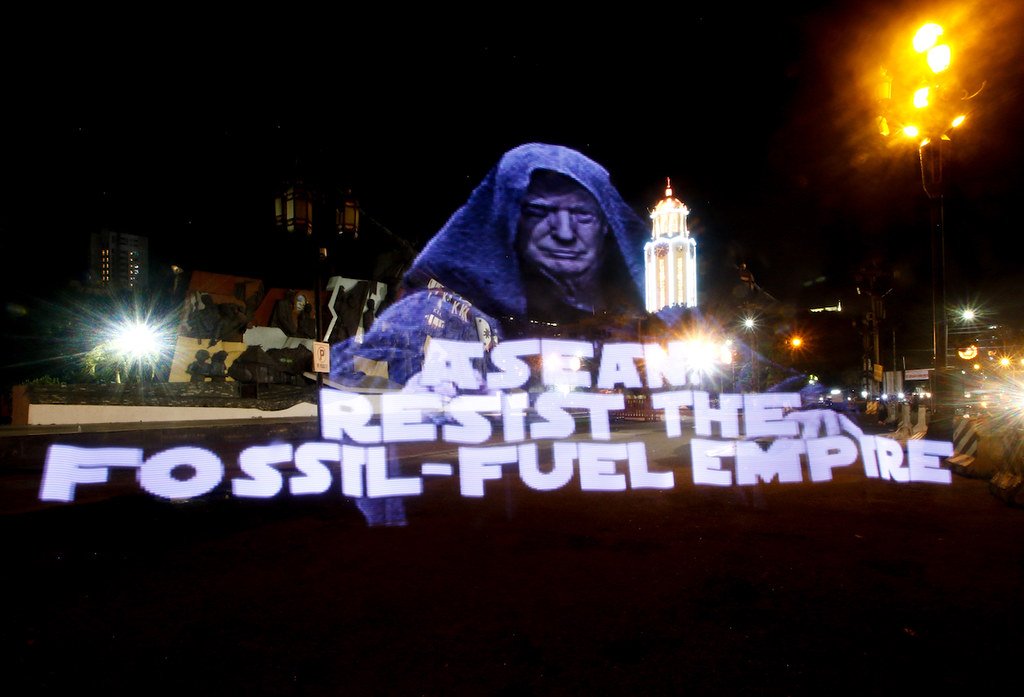
You may want to read Organized Climate Change Denial by Riley E. Dunlap and Aaron M. McCright, or look at a diagram from this handbook here.
These are my firm conclusions, but you should listen to the podcast as it provides responses from Exxon and other organisations implicated. They dispute the analysis and so you should make your own mind up, but there is corroboration here and in the other references.
I hope you enjoy the series as much as I did and feel more prepared to challenge the climate deniers. We need everyone on board for mankind’s greatest challenge yet.
A little on climate change . . .
I am hesitant to say too much about climate change. The topic is complicated and there is not space in this piece to provide proper references to substantiate the points I make ‒ so I would be guilty of using one of the tactics of the deniers.
If you need to understand things better, follow this link to the Met Office Hadley Centre for Climate Science and Services which I have relied on for the information here. Click on the Climate link and explore for yourself. I know that the management and scientists at the Hadley Centre are fully committed to independent science and to play a role ensuring the success of the IPCC (which is the best source of all, but can be hard to digest).
The Earth’s climate changes naturally due to factors such as variations in the energy from the sun or the impact of emissions from volcanoes. However, there is clear evidence that climate has warmed as a result of human production of greenhouse gases such as CO2. For the 11,000 years before industrialisation, the global average surface temperature was remarkably constant. But as greenhouse gasconcentrations grew as a result of human activity, the temperature has risen at a rate that cannot be explained by natural causes.


Data courtesy of the Scripps Institution of Oceanography and he National Oceanic and Atmospheric Administration
Climate change is a problem because of its effect on our environment. Without action, the temperature changes would impact crops, human health and habitability as well as putting species at risk of extinction. Hunger, disruption to clean water supplies and displacement of people threaten peace and security. Because greenhouse gases can remain in the atmosphere for tens to hundreds of years, we need to act quickly to avoid the worst of these outcomes. One stark example of vulnerability to climate change is that 600 million people live in ‘low-level coastal zones’ which are at risk of flooding due to sea level rise. The Met Office has a page of other such examples here.

You may prefer to read some books, and this link – The best books on Climate Change and Uncertainty recommended by Kate Marvel – provides a really nice overview of the challenges that climate scientists face, and reviews some books that may interest you.
. . . and a little on climate science
Climate science is complicated because there are many ‘feedback loops’: for example, melting ice exposes darker surfaces that had been hidden. These darker surfaces absorb more of the radiant energy from the sun, which heats the air and melts more ice. Some feedback loops are even more complex, for example changes in temperature or rainfall can lead to changes in vegetation (crops or naturally occurring) which can impact carbon and water cycles.
A combination of observations showing that temperature is rising, and our improved understanding of how greenhouse gases work has persuaded many governments to invest in climate science to predict what will happen in the future. Key elements of that research include observational studies of current and past climate changes, and the development of complex numerical models of the climate system. Today’s models, called Earth System Models (ESMs) incorporate the atmosphere and its chemistry, the ocean, land, ice, rivers and the biosphere (including vegetation and plankton to represent the carbon cycle – also known as ocean and terrestrial biogeochemistry).
Modelling this level of complexity is expensive and needs supercomputers costing tens to hundreds of millions of pounds. Computers do not yet exist that can run the long simulations required for climate science at the resolutions that are needed to represent fully some important processes. You can read more about the model used in the UK here, and there is a paper on the challenges that will need to be overcome to use future technologies, available here. However, we need to use the tools we have today to make the best predictions possible for the future, because it is already clear that action is required and cannot wait.
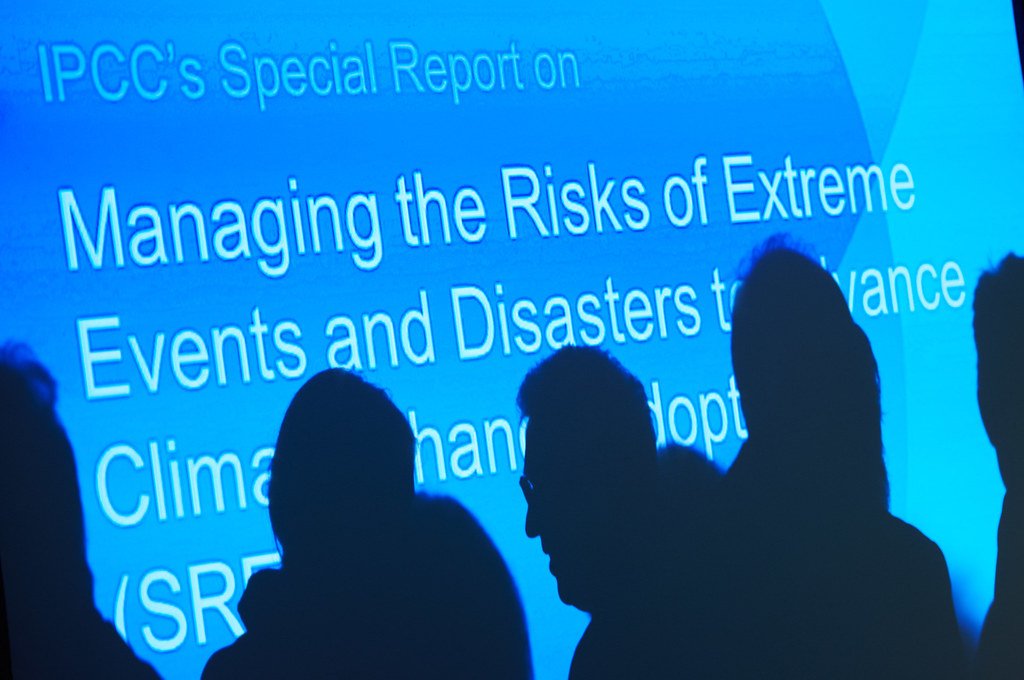
Trusted sources and the IPCC
In my view, climate science is definitely best left to the experts. In fact, it is best left to teams of specialists. I would go even further and say that it is best left to an aggregation of many such teams. Luckily, that is what we have in the Intergovernmental Panel on Climate Change (IPCC) and its various working groups. This is a very special organisation and it has to be. To succeed in its goal to provide scientifically independent advice on which governments can act, it needs to be fiercely rigorous in its methods and open about its conclusions. How else can the IPCC persuade the governments of the nations that produce the vast majority of greenhouse gases to take the necessary action to tackle the problem: action that will cost those governments money and will mean significant changes to people’s lives and businesses. It’s a tall order. The fact that 194 states and the European Union are signatories to the Paris Agreement that sets legally binding commitments on emissions is quite some achievement by the IPCC.
The IPCC’s role is to provide governments with scientific information that they can use to develop climate policies and to provide input into international climate change negotiations. The IPCC currently has 195 members and calls on thousands of scientists from all over the world to assess the thousands of scientific papers published each year to provide a comprehensive summary of what is known about the drivers of climate change, what it means and what actions are appropriate.
And still the deniers come
Despite the IPCC’s authoritative and influential work, we still see letters in local papers from people who dispute its findings. Scepticism is an important element of scientific research, but this should be properly directed, with evidence and references, through peer-reviewed papers.
I expect that with climate action firmly in the headlines, the deniers will be out in force and here’s a sample of the myths they spread and the facts for their rebuttal:
Denial: CO2 does not have as big a greenhouse effect as water vapour, so the focus on CO2 is wrong.
Response; This is a classic half-truth. Water vapour does have a bigger greenhouse effect than CO2 but it is not the driver of change. The atmosphere can control the amount of water vapour very quickly through precipitation (rain and snow) and has done so throughout the period of stable surface temperatures. In contrast, man-made greenhouse gases last for decades. In fact, water vapour amplifies the problem. As we increase greenhouse gases and warm the air, the amount of water vapour the air can hold increases, and we get an increased second greenhouse effect. This is known as a positive feedback loop but with a negative outcome.
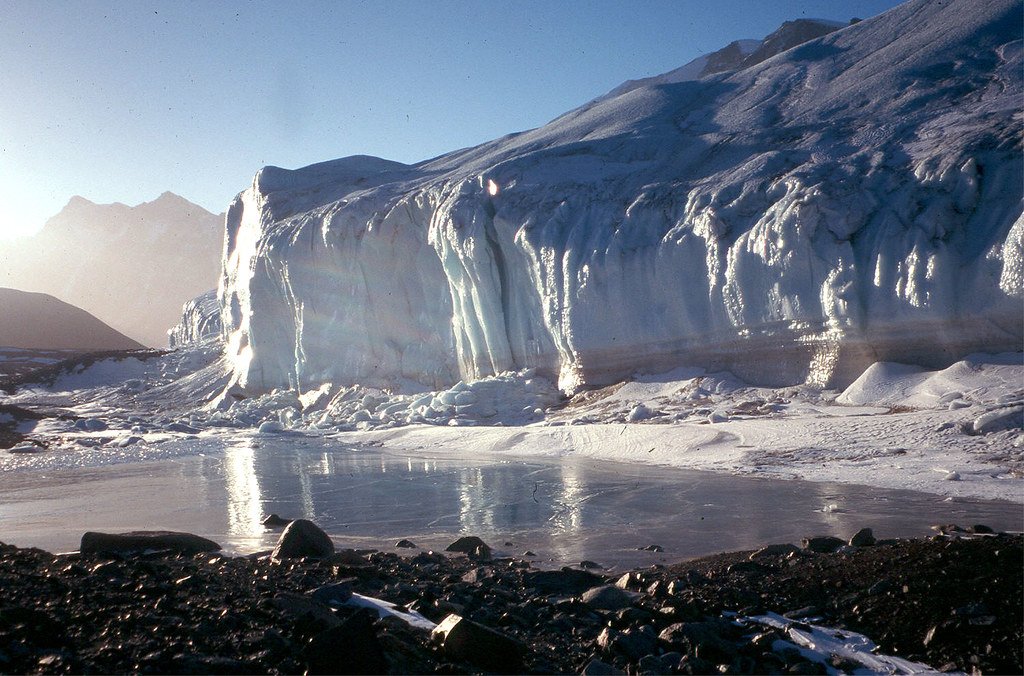
Denial: Ice is less dense than water, so melting ice will not increase sea levels. Why all this worry about melting ice?
Response: This is a trick. It is true that melting sea ice (ice formed in the sea) has no direct impact on sea levels but the reader can be left with the wrong impression. Firstly, global warming can lead to melting of ice on the land which runs into the sea and the sea rises. Secondly, ice reflects more short-wave radiation than the surfaces exposed when it melts, and so the exposed land or sea become warmer. The warmer surfaces warm the air which melts more ice ‒ another feedback loop with negative impacts. Also, the sea expands and rises as it absorbs more of the sun’s energy and warms. All ice-melt matters when you consider the indirect effects.
Denial: Why should the UK act when its CO2 emissions are almost 30 times less than those from China?
Response: This is the wrong measure: our per capita emissions are almost 80 per cent of China’s, despite our manufacturing base being much smaller. As we import a lot from China, our consumption is partly responsible for China’s emissions!
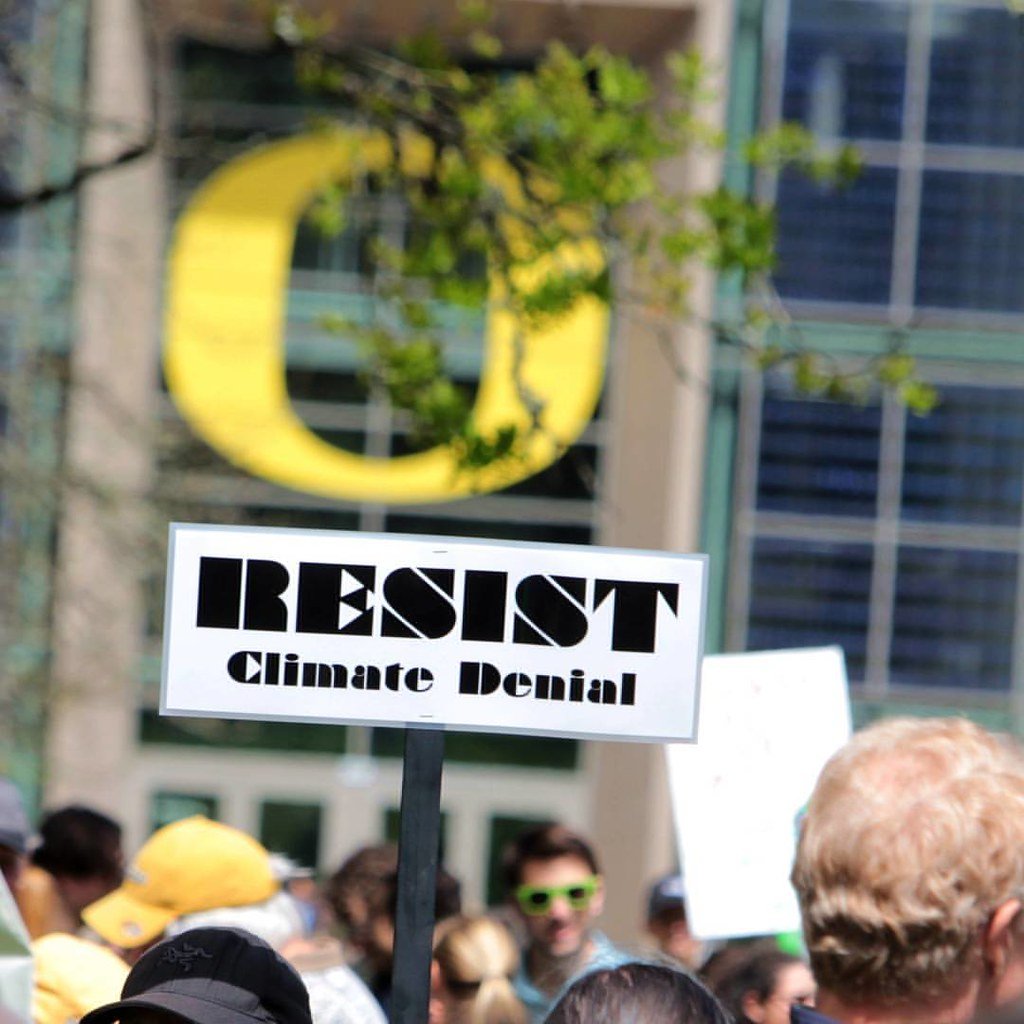
Denial: Climate scientists rely on models to demonstrate that global warming is man-made. The models are not perfect so how can we trust them to predict events that have not happened?
Response: I think the deniers would like to wait for the change actually to happen before any action is taken. The IPCC’s 5th assessment report has over a hundred pages in a chapter on evaluation of climate models, which fully describes the methods and data sources used to evaluate the accuracy of the models in all major aspects relating to climate. This chapter is based on more than one thousand scientific references. The conclusions are expressed in a way that takes account of the residual uncertainty. The IPCC leans heavily on model intercomparison studies that look at results from a wide range of models from different institutes, which all have to be based on sound science. This reduces the risks associated with the projections for any single model. Although it is not possible to validate future events, these models are validated against past climate changes.
Denial: Warm periods are not unusual. There were warm periods in the Middle Ages, so why all the concern?
Response: [with thanks to John Cummings writing in the Western Morning News on 13 Feb 2021] The Roman and Medieval warm periods only affected our part of the world – globally, temperatures remained steady, until the industrial revolution. The average rise of 1.1°C in the last 100 years would normally have taken at least 1,000 years. (https://xkcd. com/1732/ illustrates this well, and cites its sources.)
You can find more here but I am not in a position to verify these, although the web site will give you a good place to start.
Oh no! What can we do?
You may be feeling a bit depressed at this point. What do we do in the face of all this denial, in the middle of a pandemic with its own share of denial misery from certain ideologies? Well, the first thing you should do is to cheer yourself up ‒ go and listen to another podcast series called 39 Ways To Save The Planet, which is full of stories of clever scientists and engineers who want to do something useful for the environment. We will also feel better if we take what personal actions we can in our daily lives to reduce greenhouse gas concentrations, by making better-informed personal choices and by holding to account politicians at all levels on our commitments as a nation.
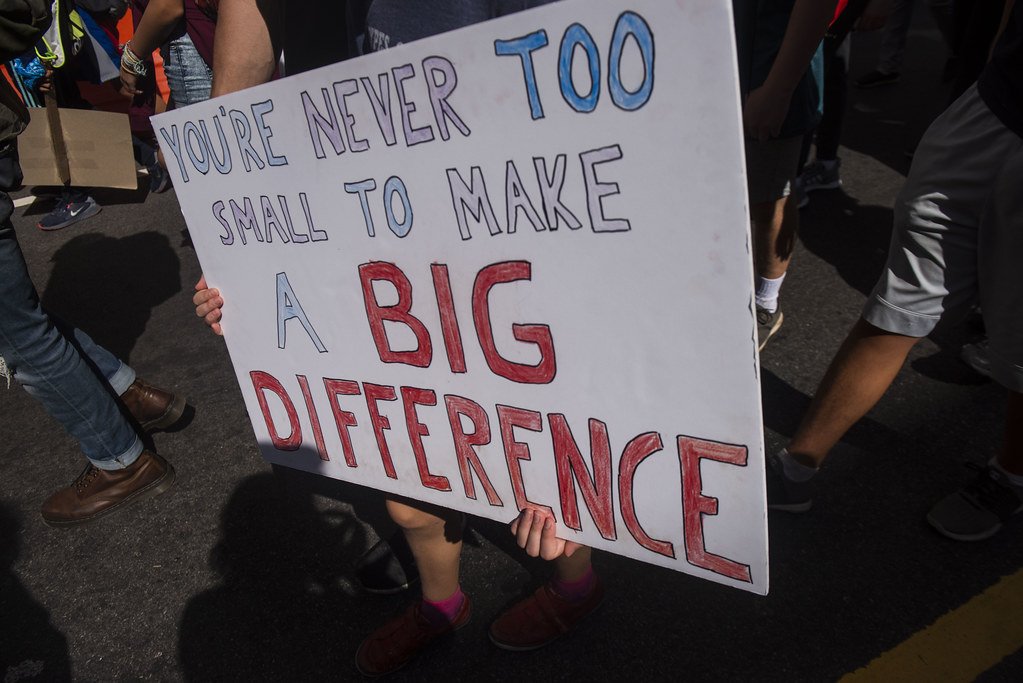
Now you are feeling better you may be up to challenging the deniers. There are great resources out there on the web if you want to dabble or even deep-dive into the science. Otherwise, I think we should ask deniers to explain why they are asking questions or raising issues with the general public when this is not the way real, grown up science works. Tell them that the IPCC has to be totally robust in its methods, both to be funded, and to ensure that its advice is acted on by governments of every political persuasion from Afghanistan to Australia, from China to Canada and from the United States to Uzbekistan.




